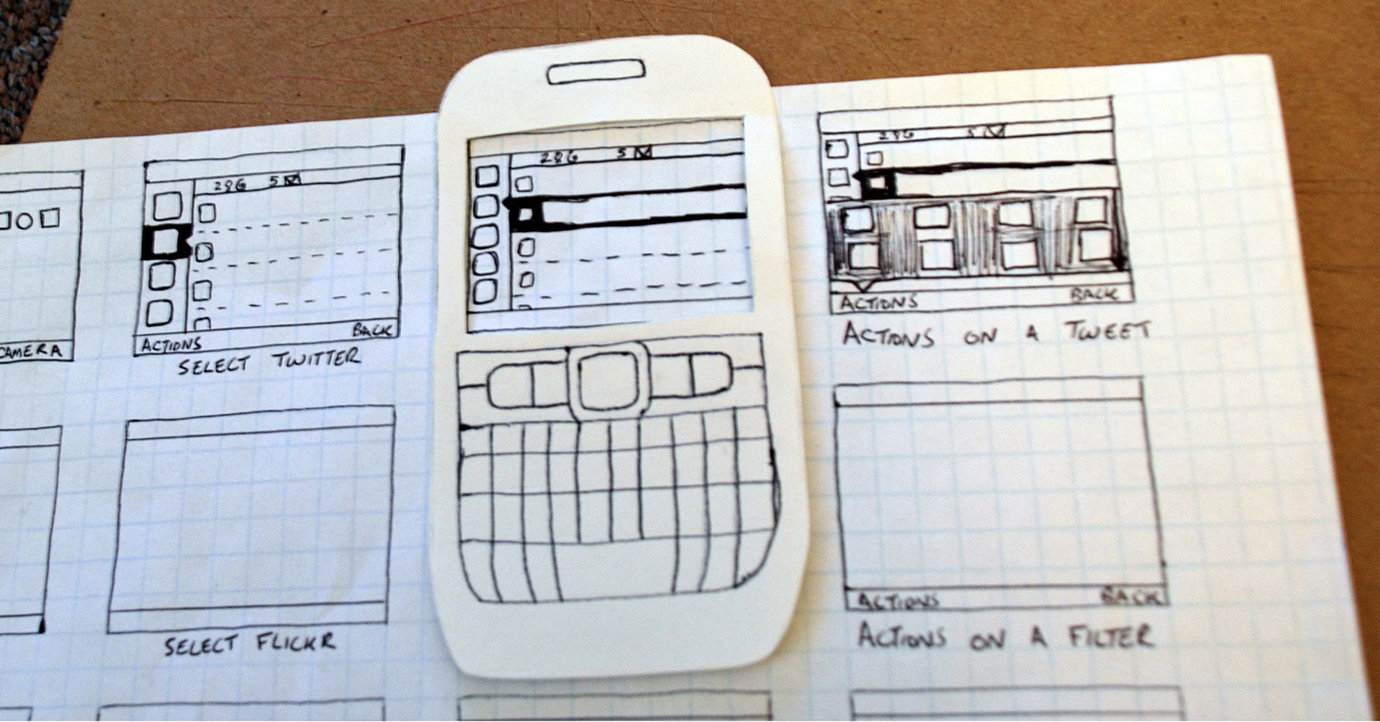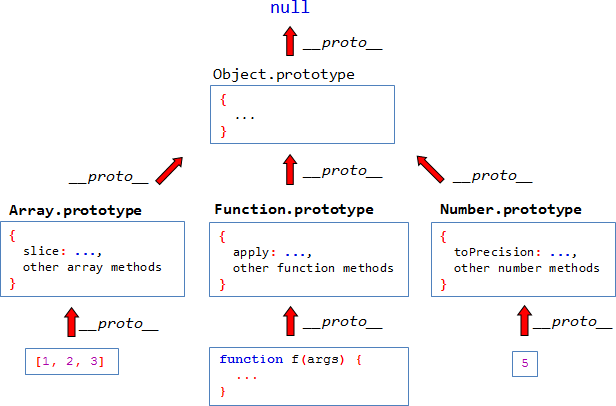Prototype Based Programming
Theory First.
Prototype-based programming is a style of object-oriented programming in which behaviour reuse (known as inheritance) is performed via a process of reusing existing objects via delegation at serve as prototypes.
OOP PIllars
- Abstraction
- Inheritance
- Encapsulation
- Polymorphism
Discuss
Each
in Details
Abstraction

Object Creation
- O-O Model
- Instance
In JavaScript O-O Model role can play constructor function, which is used for instanciate classes.
class Car extends Vehicle {
constructor(mark, model, year) {
super();
this.mark = mark;
this.model = model;
this.year = year;
}
}
//Equivalent to
function Car(makr, model, year) {
this.mark = mark;
this.model = model;
this.year = year;
}
Car.prototype = new Vehicle();class Car extends Vehicle {
static className = 'car';
instanceProperty = 'data';
#privateProperty = 'private-data';
static getClassName() {
return className;
}
method() {
console.log(this);
}
#pivateMethod() {
console.log('pivate' + this);
}
set someVal(val) {
this.val = val;
}
get someVal() {
return this.val;
}
#mark = 'datsun';
constructor(mark, model, year) {
super();
this.#mark = mark;
this.model = model;
this.year = year;
}
}
Execution Context
this == window;
functiom checkContext() {
if (this == window) {
return 'Context is global now';
} else {
return 'Context is some object';
}
}
var obj = {
method: function () {
return this.value; // Here will be right usage of this
}, // as self refference
value: 'someVal'
};
function TehConstructor(someArg) {
this.someVal = someArg;// Without new this will reffer to global
}
//Incorrect usage, but will run and set undefined to a
var a = TehConstructor('text');
//Correct usage, instance created and assigned
var correct = new tehConstructor('data');Inheritance
Parent
Child1
Child2

Prototype
Prototype is special JavaScript object which is refferenced by <prototype> property of an object. According with that, prototype itself has a prototype.
If Object hasn't querryed property or method it will be searched in prototype, and if not found - in prototype's prototype, etc. untill end of prototype chain will be reached.
You can query or set prototype manually, in few ways.
In JavaScript inheritance mechanism is provided by Prototypes Chain
function Parent() {
this.parentVal = 'Some val of Parent';
}
function Child() {
this.childVal = 'Some val of child';
}
// Child extends Parent
Child.prototype = new Parent();
var parentObj = new Parent();
var childObj = new Child();
console.log(parentObj.parentVal);
console.log(parentObj.childVarl);
console.log(childObj.childVal);
console.log(childObj.parentVal);/*
Setting prototype of constructed with literals
*/
var obj = {
name: 'constructed object',
count: 1,
birthday: Date.now()
};
Object.setPrototypeOf(obj, {
greet: function () {
return this.greetings;
},
greetings: 'Helo my name is ' + obj.name //Can't use this
});
console.log(obj.greet());
console.log(Object.getPrototypeOf(obj));
// Using function.prototype
(function() {
'use strict';
function Cat(name) {
this.name = name;
}
Cat.prototype = {
meow: function () {
return 'neow neow';
},
askEat: function () {
return 'Hey Human, give me some food!';
},
greet: function () {
return this.meow();
}
};
var pinky = new Cat('Pinky');
console.log(pinky.greet());
console.log(pinky.askEat());
console.log(pinky.meow());
}());"use strict";
//New Syntax Example. Remember, that all only sugar
class Polygon {
constructor(height, width) {
this.height = height;
this.width = width;
}
}
class Square extends Polygon {
constructor(sideLength) {
super(sideLength, sideLength);
}
get area() {
return this.height * this.width;
}
set sideLength(newLength) {
this.height = newLength;
this.width = newLength;
}
}
var square = new Square(2);
class Animal {
#kind;
getKind() {
return this.#kind;
}
constructor(kind) {
this.#kind = kind;
}
}
class Cat extends Animal {
#name;
constructor(name) {
super("cat");
this.#name = name;
}
show() {
return super.getKind() + " " + this.#name;
}
}class Animal {
#kind;
getKind() {
return this.#kind;
}
constructor(kind) {
this.#kind = kind;
}
}
class Cat extends Animal {
#name;
constructor(name) {
super("cat");
this.#name = name;
}
show() {
return super.getKind() + " " + this.#name;
}
}Encapsulation

/**
* Hiding realisation. Here example of encapsulation realisation
*/
var AClass = (function() {
var aPrivateVal = 'some private value' //Private field;
function aPrivateMethod() {
console.log(aPrivateVal);
}
function aConstructor(aValue) {
this.aValue = aValue; //Public field;
this.aMethod = function () {
aPrivateMethod(); // Can call private method;
return "some behavior";
}
aPrivateVal = aValue;
}
return aConstructor;
}());
var anInstance = new AClass('1'); //Private is '1'
var newInstance = new AClass('2');//Private is '2'class Animal {
#kind;
getKind() {
return this.#kind;
}
constructor(kind) {
this.#kind = kind;
}
}
class Cat extends Animal {
#name;
constructor(name) {
super("cat");
this.#name = name;
}
show() {
return super.getKind() + " " + this.#name;
}
}class PrivateFields {
#field;
#method() {
}
publicMethod() {
this.#method();
return this.#field;
}
constructor(field) {
this.#field = field;
}
}
Polymorphism

Object model In JavaScript

Conclusion
Prototype Based Programming
By diodredd
Prototype Based Programming
- 611



